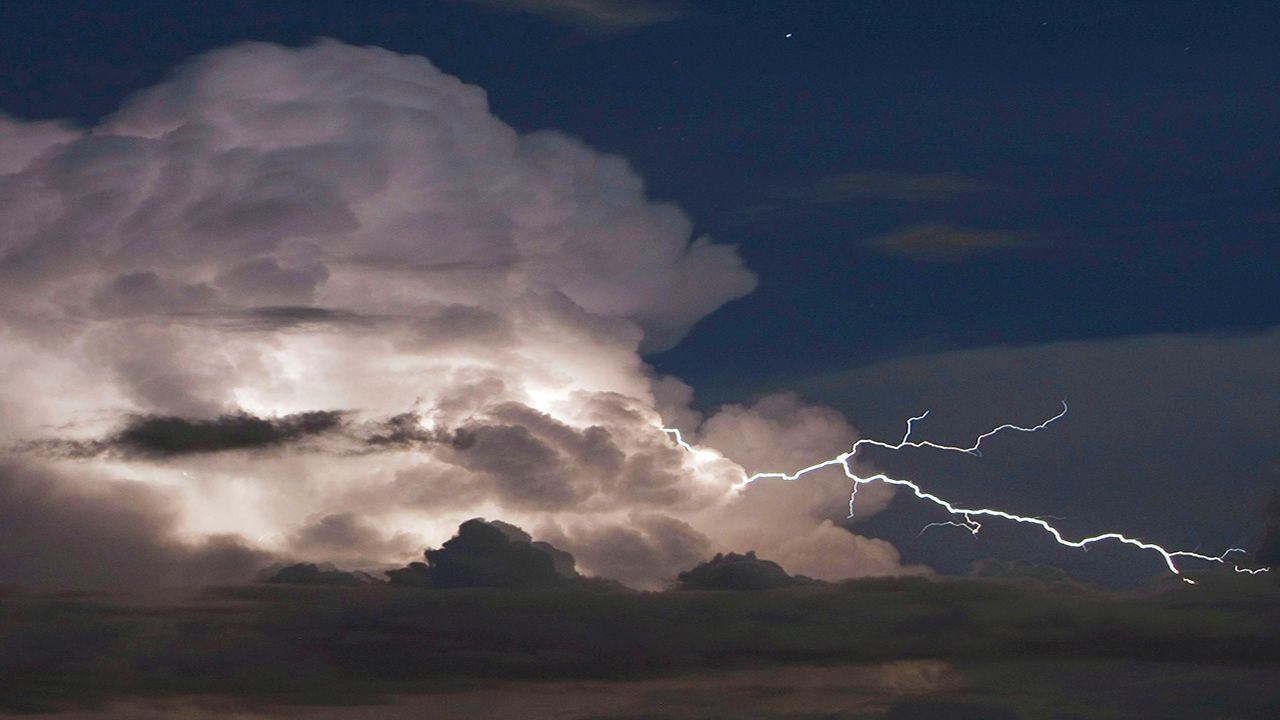The truth is you’re just too far away from the thunderstorm itself. Essentially, the flash of lightning outruns the slower and more easily disrupted sound of thunder.
You can’t have thunder without lightning, but the boom of thunder may just peeter out before your ears can even pick up on it.
You can only hear thunder within 10 miles of a strike, but a flash of lightning can be seen up to 100 miles away from larger storms that rise tens of thousands of feet into the atmosphere. Mountains, hills, trees, buildings, and even the curvature of the earth in general can make it tough to see the storm itself and any corresponding lightning bolts.
Any higher-level clouds that are around can help reflect the light, so that you can still see a faint flash off on the horizon. This is especially apparent at night, when there’s no sunlight to interfere with you seeing any distant lightning.
So why is this myth associated with summer? It’s a time of year when storms are more common, but it’s also because the warmer weather keeps people out longer to catch a glimpse of any distant lightning that may be happening.
Keep in mind that since the storm itself is so far away, it is safer to watch from outside.
That’s not to say the storm will always stay a safe distance away, so always remember to “head indoors when thunder roars”. If you can hear a clap of thunder, you’re now within striking distance of a storm.





